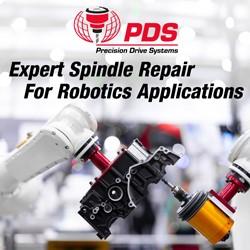Freedom to operate is vital and it takes on new meaning in the sphere of vehicle autonomy. To drive mass adoption of autonomy, you need to build vehicle software that enables any vehicle to operate in any environment, with zero dependence on external systems.
Why Software will win the Race for Autonomy
Paul Newman | Oxbotica
Software is a huge disrupter. Examples are easy to come by – for entertainment, it’s Netflix, for consumer goods, it’s Amazon. AirBnB own no hotels and Uber own no taxis. But let’s be clear, what makes software brilliant is that unlike hardware, it has no mass – it is atom-free. In whatever industry you look at, software is both the disrupting factor and the innovation enabler. So why would it be any different for vehicles?
Folk have been making vehicles for hundreds of years and the fundamentals of vehicles are firmly established. We know how to make them cheaply and quickly, and they can last (almost) forever. Not much changes week by week in this sense. What is changing rapidly, however, is computing. And if software is what makes computers useful – effectively the cortex of the machine – then no prizes for spotting that software is central to the ways in which we run, use and leverage our vehicles. All of them.
Software scales in a way that physical objects don’t. In the context of software for autonomous vehicles, effort and bottom-line cost is pretty much independent of the number of vehicles you deploy to. The returns are also proportional to the fleet size, so you’re buying one piece of software to be used on 10,000 vehicles, rather than 10,000 self-driving vehicles.
Achieving interoperability in hardware is tricky, expensive and slow. Physical atoms get in the way, whereas digital bits don’t. Smart design and modern software techniques allow the creation of futureproof and open APIs between software components that enable collaboration and create an ecosystem of partners and contributors big enough to address massive opportunities. In order to win the race for autonomy, you need to enable third parties to fully realise the potential of autonomy – from OEMs through to owners and operators – in ways that best suit them.
Independence and flexibility are essential for accelerating the adoption of any new technology. Autonomy is a technology for everyone, so we need to lower the barriers to its usage. Removing reliance on any and all infrastructure is one way of doing this.

The way we move people and goods is changing, and software is at the heart of this transformation.
The content & opinions in this article are the author’s and do not necessarily represent the views of RoboticsTomorrow
Featured Product

